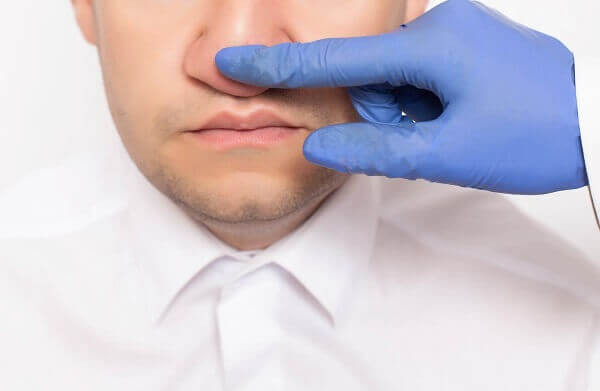Septoplasty

Patients are often confused with Septoplasty recovery and treatment. Septoplasty surgery’s aim is to align or straighten the bone and cartilage dividing the space between your two nostrils, called septum. When the septum is crooked, it’s known as a deviated septum. This can be caused by an accident or born with it. People with a deviated septum have a harder time breathing and can increase the risk of sinus infections due to poor drainage.
Before Surgery
You will be asked by your doctor to avoid certain medications to reduce risk of excessive bleeding during and after the procedure. Always consult with your doctor if you’re allergic to certain medications or if you have a history of bleeding problems to lessen complications.
In some cases, people have a septoplasty under local anesthesia, this numbs the area to decrease pain. General anesthesia, on the other hand, means they are asleep during the operation.
Avoid eating or drinking after midnight the night before the procedure if you’re going to be under general anesthesia. This will help prevent you from vomiting and choking if you become nauseated from the anesthesia during surgery.
Your doctor may take pictures of your nose before the procedure to compare it after the surgery to assess the improvements.
During Surgery
Your nasal septum is repositioned to the middle of your nose. This may require your attending surgeon to cut and relocate parts of your nasal septum before reinserting them in the proper position.
A septoplasty takes anywhere from half an hour to 90 minutes to complete, this all depends on the degree of the complication. Your doctor decides if you will be under local or general anesthesia, whichever suits your case best.
The operation starts with the surgeon making an incision on one side of your nose to access the septum. Next, they lift up the mucous membrane, the protective covering of the septum. After the deviated septum is positioned into the right position. Any blockers, such as extra pieces of bone, cartilage, or other barriers, are removed. The last step is the moving of the mucous membrane.
Stitches are used to hold the septum and membrane in place. Packing the nose with cotton is also viable and is sometimes enough to keep them in position.
As with any surgery there are always risks involved after the operation. Most commonly bleeding, infection and an adverse reaction to the anesthetic. Some other possible risks include but not limited to:
- Weakened sense of smell
- Excessive bleeding
- A hole in the septum
- Noticeable change in the shape of the nose
- Clotted blood in the nasal space that has to be drained
- Numbness in the upper gum, teeth or nose
After Surgery
Often in Septoplasty you will be able to go home on the same day as the procedure, once the anesthesia has worn off. Do not be alarmed if your nose is swollen, painful. Remember to remove the packing after a day or two of the operation. Your doctor will also prescribe pain medication if necessary. Expect ease of breathing once a septoplasty has healed.
You should also limit your physical activity for several weeks after surgery to quicken healing and avoid swelling. Heavy activities can increase your blood pressure and lead to heavy bleeding.
Dr. Kanwar Kelley is located at Orinda California and if you need septoplasty, don’t hesitate to make an appointment (925) 254-6710. He is an experienced physician in many illnesses who can guide your health in the right direction.
Working Hours
Monday – Friday
09:00 – 04:00
Telephone support and scheduling. Clinic times vary.
Emergency Cases
(925) 254-6710